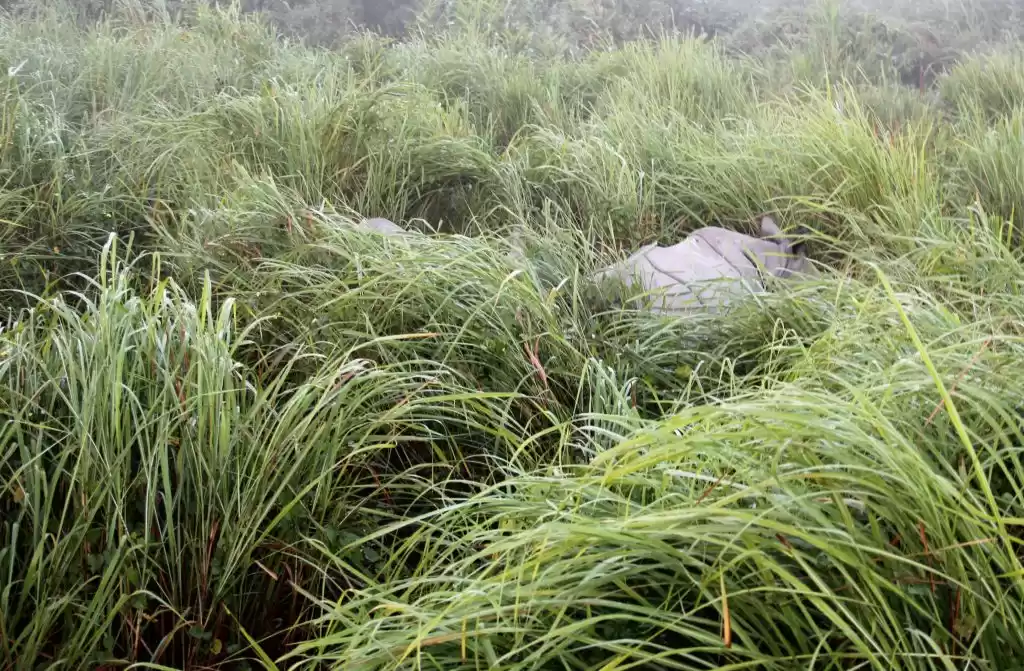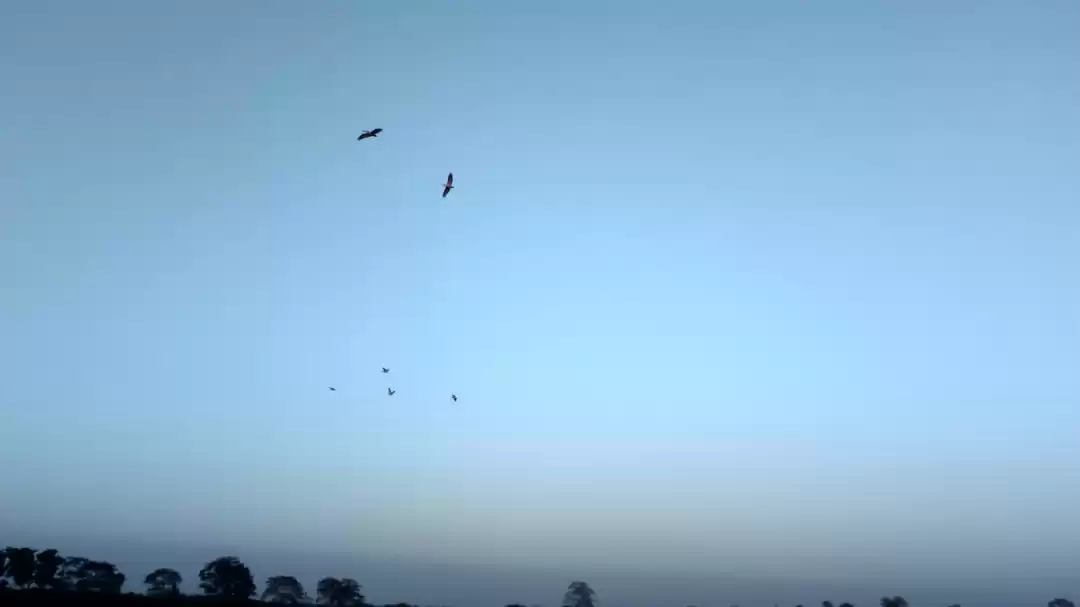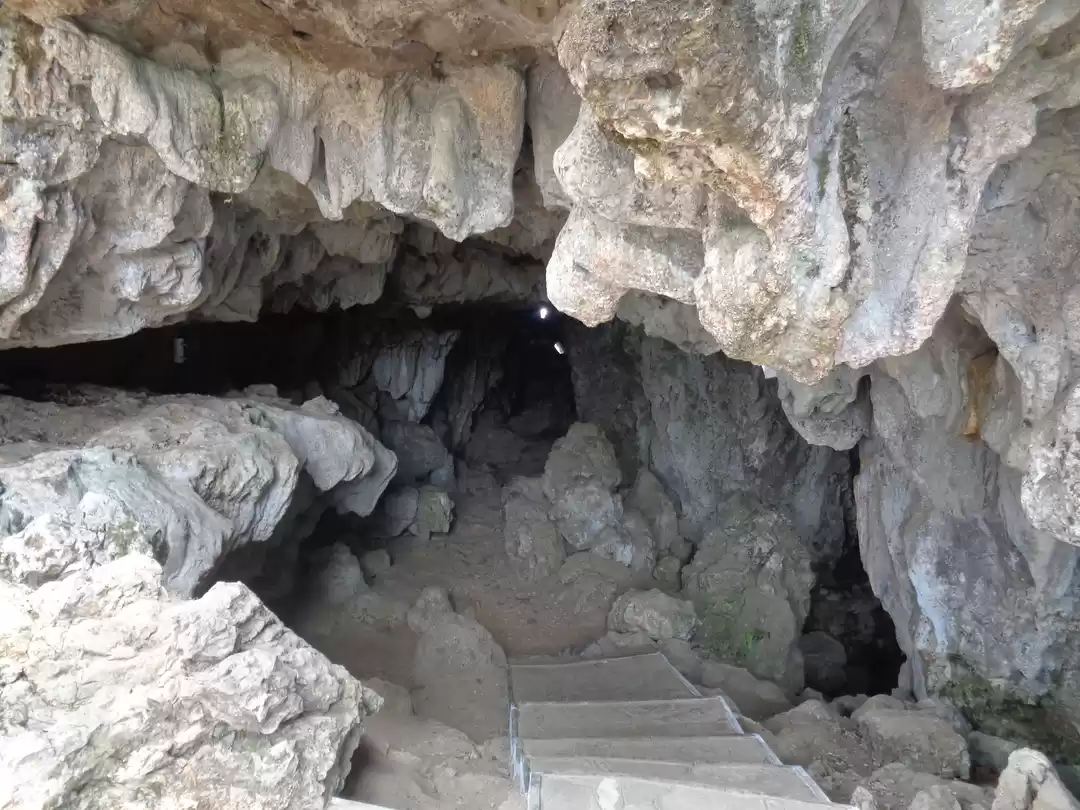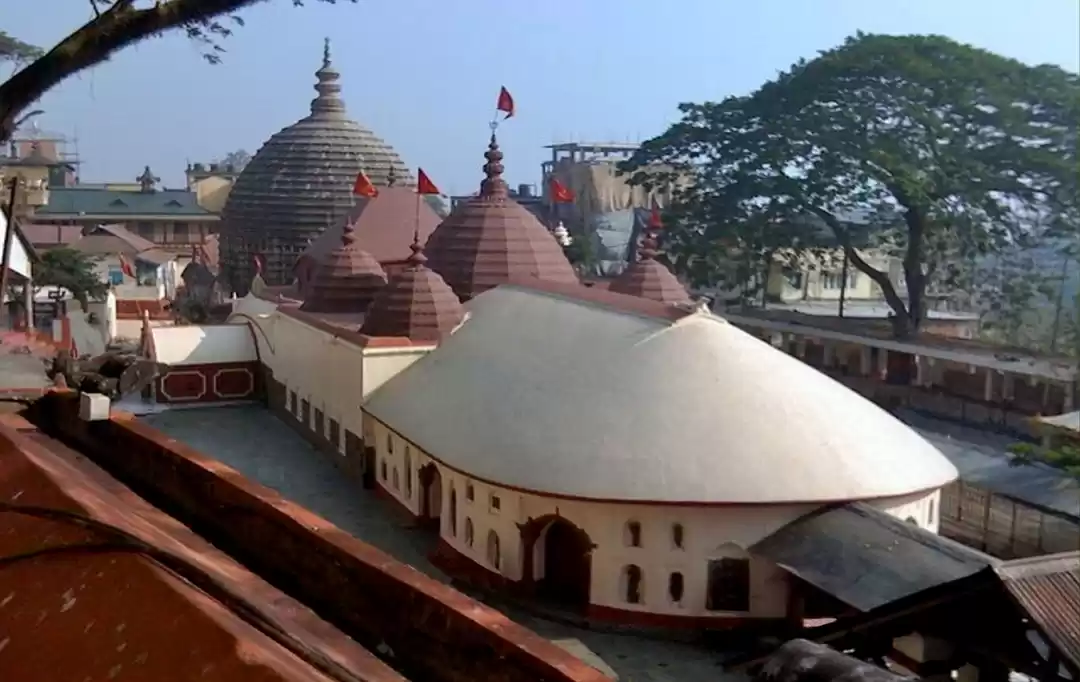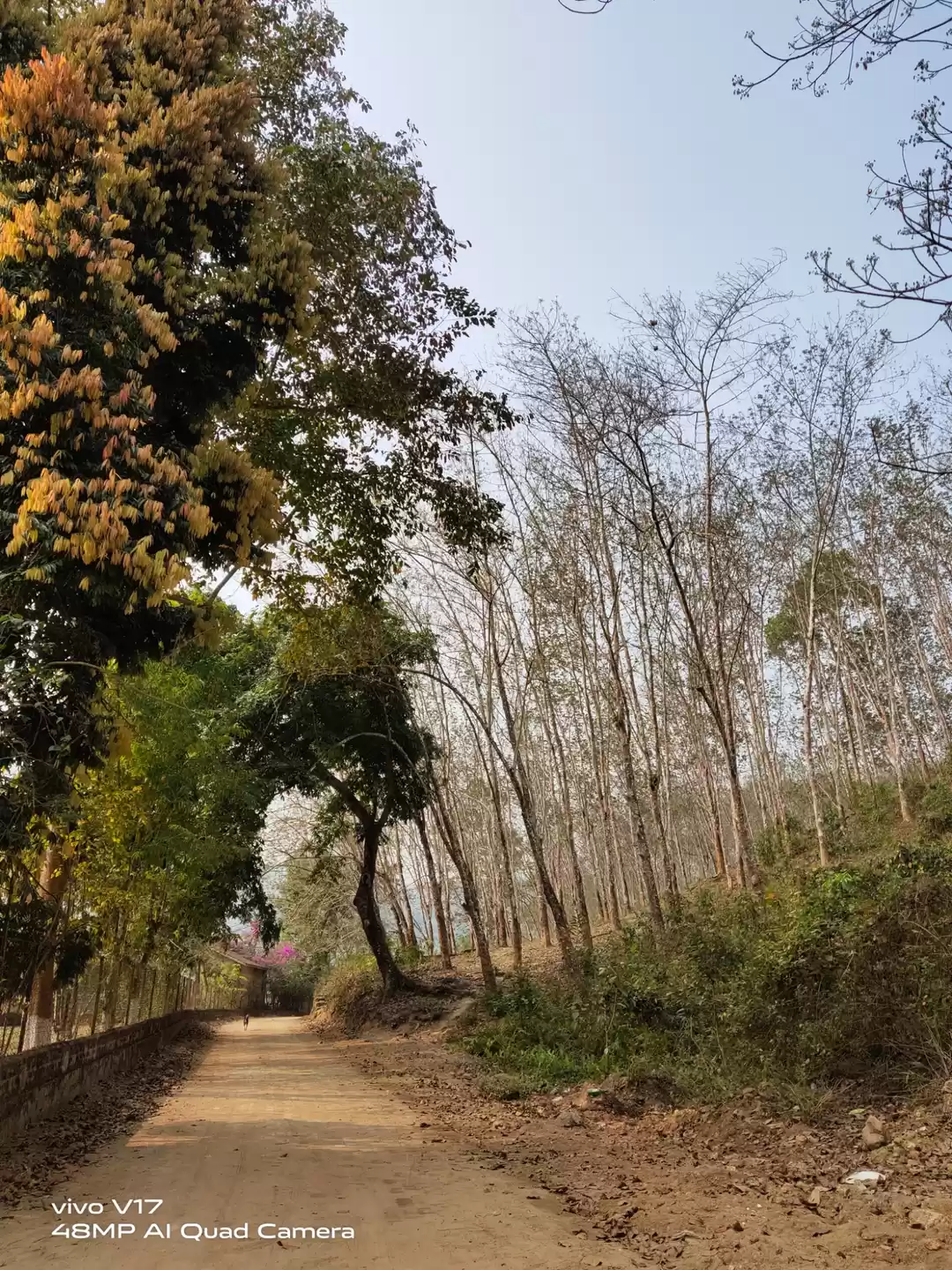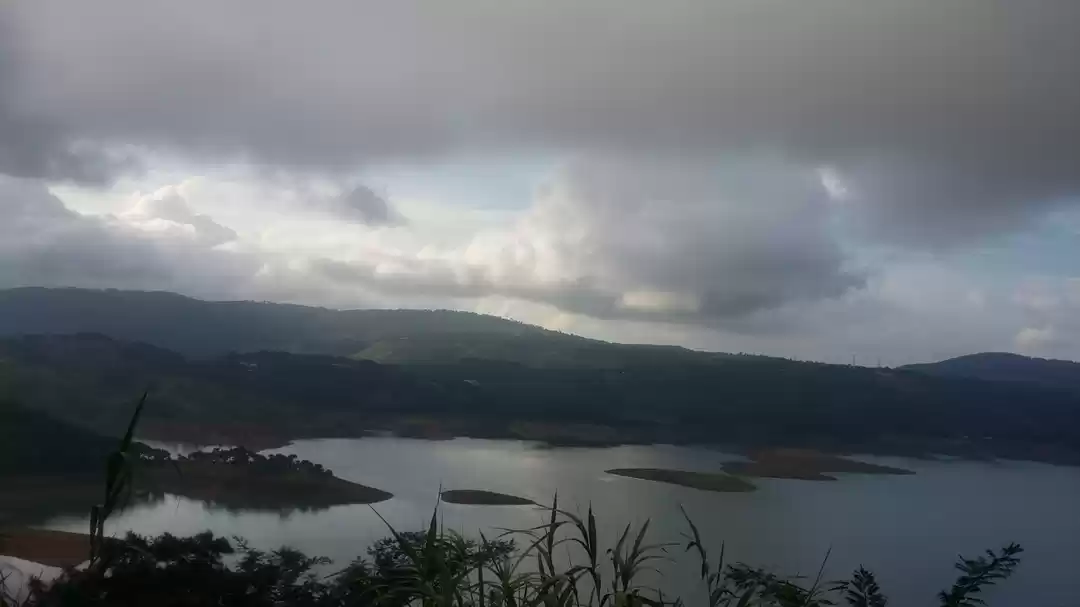Kaziranga Tourism and Travel Guide
Kaziranga National Park (Assamese: কাজিৰঙা ৰাষ্ট্ৰীয় উদ্যান, Kazirônga Rastriyô Udyan, pronounced [kazirɔŋa rastrijɔ udjan]) is a national park in the Golaghat and Nagaon districts of the state of Assam, India. A World Heritage Site, the park hosts two-thirds of the world's great one-horned rhinoceroses. According to the latest census held in March 2015, the current rhino population in Kaziranga National Park is 2,401 as published by the Forest Department under the Government of Assam, an operation conducted by the department officials in association with some recognized wildlife NGOs. The 2015 census revealed the rhino population as 1,651 adults (663 males, 802 females, 186 unsexed), 294 sub-adults (90 males, 114 females, 90 unsexed), 251 juveniles and 205 cubs. Kaziranga boasts the highest density of tigers among protected areas in the world and was declared a Tiger Reserve in 2006. The park is home to large breeding populations of elephants, wild water buffalo, and swamp deer. Kaziranga is recognized as an Important Bird Area by BirdLife International for conservation of avifaunal species. Compared to other protected areas in India, Kaziranga has achieved notable success in wildlife conservation. Located on the edge of the Eastern Himalaya biodiversity hotspot, the park combines high species diversity and visibility.Kaziranga is a vast expanse of tall elephant grass, marshland, and dense tropical moist broadleaf forests, crisscrossed by four major rivers, including the Brahmaputra, and the park includes numerous small bodies of water. Kaziranga has been the theme of several books, songs, and documentaries. The park celebrated its centennial in 2005 after its establishment in 1905 as a reserve forest.

